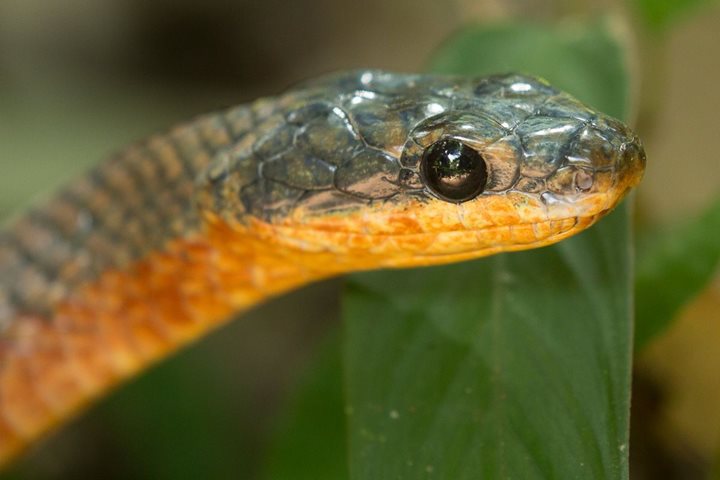Coastal upwelling is one unique phenomenon in nature. Human settlements have relied on this event in order to establish the best fisheries in our planet. Inside the Gulf of Panama the strong—almost permanent—trade winds blow across the low passage of the continental divide. This wind will remove warm surface water, bringing nutrient-rich deep water. As a result, phytoplankton will receive large amounts of nutrients, beginning a food chain dynamic that provides a spectacular display of sea birds.
We wanted today to have a full exploration day inside the Gulf of Panama. We organized our day’s activities in a specific manner in order to maximize the number of islands we would explore today.
Early in the morning we visited Bona and Otoque, a couple of islands found 22 miles away from the Panama Canal. We use our expedition landing crafts in order to discover the nesting sites of brown boobies, magnificent frigatebirds, and brown pelicans. Along with these birds, blue-footed boobies are present here as well. As far as we know, they are attracted to the remarkable food supply found here and have not been observed nesting.
During our sailing heading south, circumnavigating the Azuero Peninsula, we encountered pantropical spotted dolphins bow riding. The live images projected on our lounge screens with the help of our bow cameras connected our soul with this free, peaceful marine mammal. Their effortless motion seemed like synchronize dancers performing for an audience.
By mid-afternoon our naturalist Margrit provided a great chance to understand in simple words the exceptionally complex natural history of Central America. Later on, a visit to the Iguana island refuge with its exuberant vegetation, white sand beach, and thousands of frigatebirds nesting concluded a full day of discovery in the Gulf of Panama.







